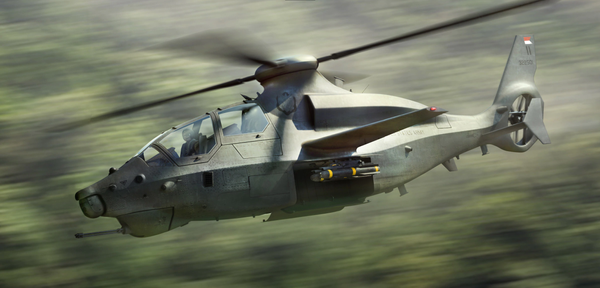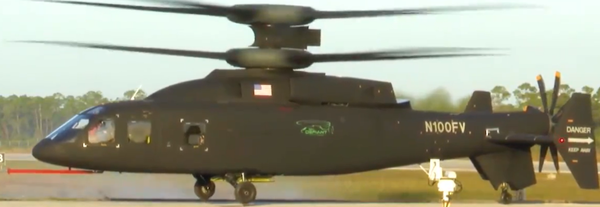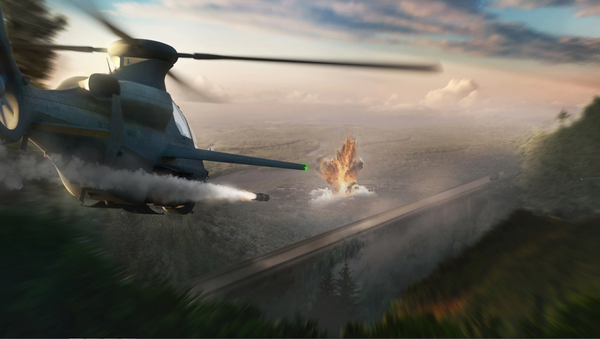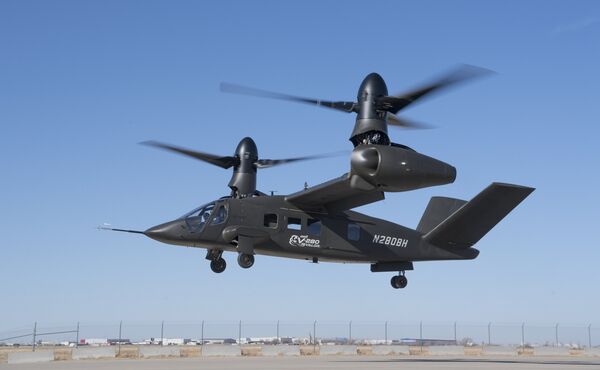The Army has picked two of the five helicopter designs submitted to the Future Attack Reconnaissance Aircraft (FARA) competition: the RAIDER X, built by Lockheed Martin-owned Sikorsky, and the 360 Invictus, designed by Bell, which is owned by Textron Systems.
The same two firms are also competing with separate designs for the other FVL program, the Future Long Range Assault Aircraft (FLRAA), which the Army picked last month. Bell’s FLRAA entry is the V-280 Valor and Sikorsky’s is the SB-1 Defiant.
The two design bureaus will now proceed to the second phase of the program, in which they will actually design, build and test their prototypes. Testing is expected by the end of 2022, and the Army will make its decision by the end of 2023 and hopefully have the aircraft in service by 2030.
Together, the programs will yield several new helicopter designs that will replace the gaps in capability created by the retirement of the AH-64 Apache, UH-60 Black Hawk, OH-58 Kiowa Warrior and MH-6 Little Bird helicopters.
Future Attack Reconnaissance Aircraft (FARA)
"Our focus is on delivering capability for our Soldiers at the speed of relevance," Gen. John M. Murray, Army Futures Command commanding general, said in a Wednesday news release. "We're doing that here - providing opportunities for our industry partners to design, test, and build capability alongside our Soldiers to ensure that we win on a future battlefield."
Bruce Jette, assistant secretary of the Army for acquisition, logistics and technology, said in a statement that FARA is “the Army's number one aviation modernization priority and is integral to effectively penetrate and disintegrate adversaries' Integrated Air Defense Systems. It will enable combatant commanders with greater tactical, operational and strategic capabilities through significantly increased speed, range, endurance, survivability and lethality."
The two FARA entries are starkly different. The helicopters are expected to be nimble and deadly, but also useful in transporting light loads.
Sikorsky’s RAIDER X is a coaxial design - that is, it has two sets of vertical rotors - giving it powerful lift capabilities, and there’s a propeller on the rear of the helicopter to push it along at a zippy 287 mph. The design is based on Lockheed’s S-97 Raider demonstrator aircraft and will be painted with a radar-absorbent coating somewhat similar to the paint used on Lockheed’s stealth aircraft, the F-22 and F-35 fighter jets.

Bell’s Invictus 360 offers a more traditional design, but with short blades to fit between buildings and a supplemental power unit for an extra boost. Bell has boasted the chopper will be able to be flown remotely as well, and it has an estimated top speed of 207 mph, meeting the Army’s requested specifications.

Future Long Range Assault Aircraft (FLRAA)
The Army made its decision about the FLRAA program last month, although it went about it a different way: with Bell and Sikorsky having already built and tested their entries for the joint multi-role technology demonstrator (JMR-TD) program, the service subjected the two aircraft to a fly-off.
“The technologies matured and demonstrated under JMR-TD, combined with numerous other Army efforts, informed the basis for the future long-range assault aircraft requirements,” Col. David Phillips, project manager for FLRAA at Program Executive Office Aviation, told National Defense Magazine last month.
Bell’s V-280 Valor is a tiltrotor aircraft, using the same technology it pioneered with Boeing in the V-22 Osprey presently in use by the US military. Appropriately, Bell has partnered with Boeing again on this project. The aircraft can take off and land like the helicopter, but once in flight, can rotate its propellers forward to fly like an airplane. The Valor has flown since 2017 and can reach speeds of up to 345 mph. It has a 10,000-pound lifting capacity and can carry up to 14 troops.
Sikorsky’s SB-1 Defiant is another coaxial design. While it only flew for the first time last March and was quickly grounded with problems, the design firm has since then pushed it to speeds of 230 mph and claims it can reach 290 mph and will be capable of lifting 30,000 pounds of cargo. Its interior is twice the size of a Black Hawk’s.

Since the FARA choppers haven’t been built yet, the Army’s contract awards are much larger than for the FLRAA craft: Bell received $700 million and Sikorsky $940 million. For the FLRAA helicopters, which have already been built but require further testing and tweaking, Sikorsky-Boeing received $97 million and Bell $84 million.


